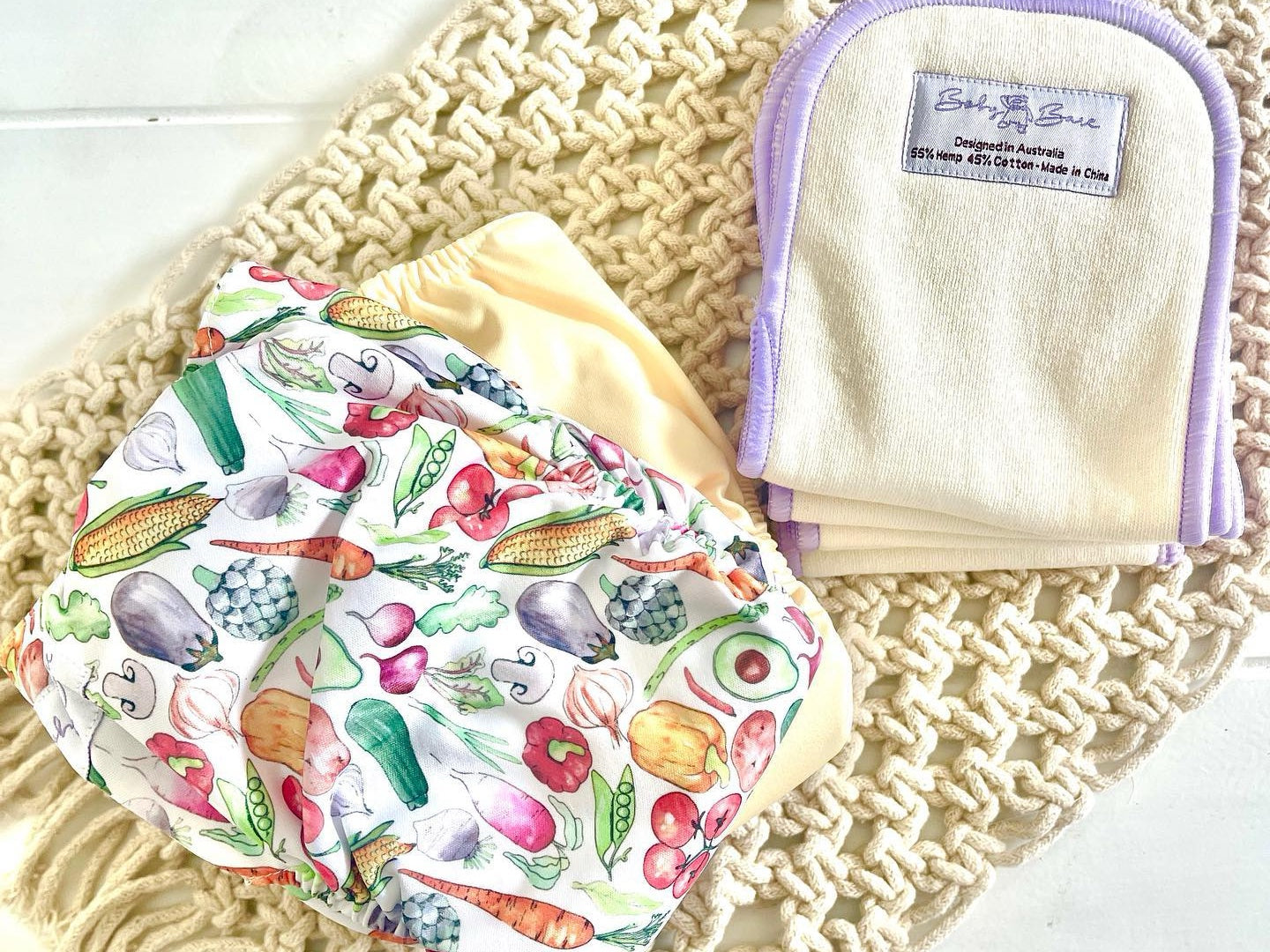In recent years, the global movement towards sustainability has impacted numerous industries, and the cloth nappy market is no exception. Once considered a relic of the past, cloth nappies are making a significant comeback, driven by environmental concerns, cost-effectiveness, and advancements in design and technology. As we look to the future, the cloth nappy industry is poised for substantial growth and innovation, making it a key player in the broader sustainable living movement.
Environmental Awareness Fuels Demand
One of the primary factors driving the resurgence of cloth nappies is the increasing awareness of environmental issues. Disposable nappies, which are often made from plastic-based materials, can take up to 500 years to decompose. With millions of disposable nappies ending up in landfills each year, the environmental impact is staggering. As more parents become conscious of their ecological footprint, they are turning to cloth nappies as a more sustainable alternative.
Cloth nappies, made from natural and reusable materials, offer a solution to the growing waste problem. As consumers become more informed about the long-term environmental benefits of cloth nappies, demand is expected to rise, leading to a more prominent market presence.
Technological Advancements and Modern Design
The cloth nappies of today are not the same as those used by previous generations. Advances in textile technology have led to the development of highly absorbent, comfortable, and easy-to-use cloth nappies. Modern cloth nappies are designed with user convenience in mind, featuring adjustable sizes, leak-proof barriers, and quick-drying fabrics. These innovations make cloth nappies more appealing to parents who may have been deterred by the perceived inconvenience of older designs.
Moreover, the integration of technology into cloth nappies is on the horizon. Smart fabrics, which can monitor a baby’s comfort and notify parents when a nappy needs changing, could revolutionise the market. These advancements not only enhance the functionality of cloth nappies but also make them a more viable option for tech-savvy parents.
Cost-Effectiveness in a Challenging Economy
In a time of economic uncertainty, cost-effectiveness is a significant consideration for many families. While the initial investment in cloth nappies can be higher than that of disposables, the long-term savings are substantial. Cloth nappies can be reused for multiple children, reducing the need for constant repurchasing. As more families recognise the financial benefits, the cloth nappy industry is likely to see increased adoption rates.
Additionally, the rise of the second-hand market for cloth nappies is contributing to their cost-effectiveness. Parents are buying and selling gently used cloth nappies, further extending their lifecycle and reducing costs. This trend not only supports sustainability but also makes cloth nappies accessible to a broader demographic.
The Role of Social Media and Influencers
The rise of social media has given a platform to eco-conscious parents and influencers who advocate for sustainable parenting practices, including the use of cloth nappies. These influencers often share their positive experiences with cloth nappies, offering tips, tutorials, and product recommendations. This grassroots advocacy has played a significant role in shifting public perception and increasing the popularity of cloth nappies.
As social media continues to shape consumer behaviour, the cloth nappy industry is likely to benefit from ongoing exposure and word-of-mouth marketing. Brands that effectively leverage social media to engage with their audience and promote the benefits of cloth nappies will be well-positioned for future growth.
Challenges and Opportunities Ahead
While the future of the cloth nappy industry looks promising, challenges remain. One of the primary barriers to widespread adoption is the perception of inconvenience. Despite modern advancements, some parents still view cloth nappies as more time-consuming and less convenient than disposable alternatives. Addressing these concerns through education, improved design, and better access to support networks will be crucial for the industry’s continued growth.
Moreover, the industry must navigate regulatory challenges related to hygiene and safety standards. As cloth nappies become more popular, there may be increased scrutiny and regulation, which could impact manufacturing processes and costs. However, these challenges also present opportunities for innovation and differentiation, as brands that prioritize safety and quality will likely gain a competitive edge.
Conclusion
The cloth nappy industry is on the cusp of a sustainable revolution. Driven by environmental awareness, technological advancements, economic factors, and the power of social media, cloth nappies are poised to become a mainstream choice for parents around the world. While challenges remain, the future of the industry is bright, with significant potential for growth and innovation. As more parents seek sustainable and cost-effective alternatives, the cloth nappy market will continue to evolve, contributing to a greener and more responsible future for all.

